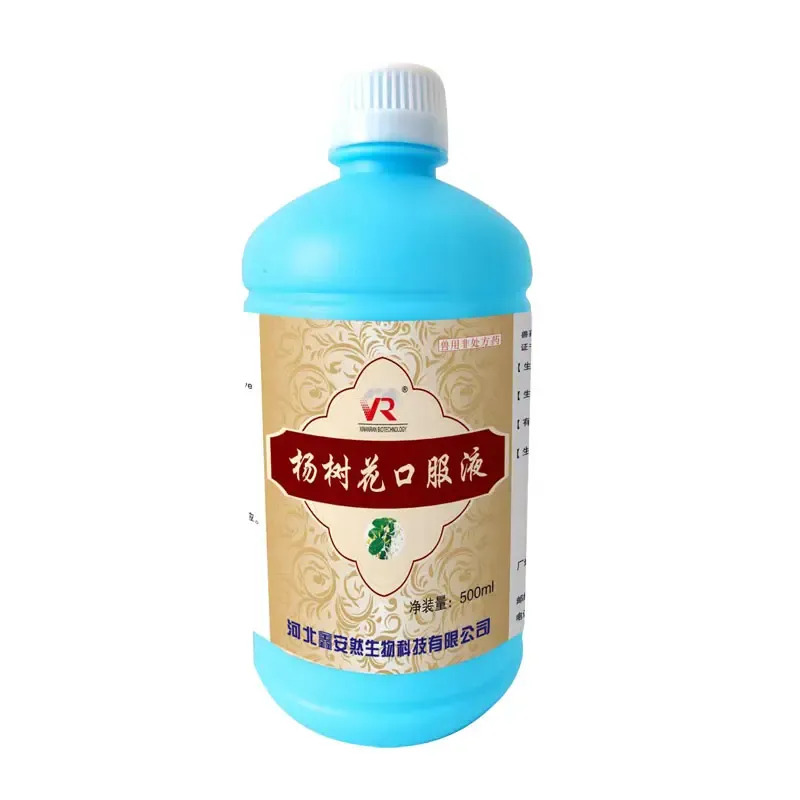- Afrikaans
- Albanian
- Amharic
- Arabic
- Armenian
- Azerbaijani
- Basque
- Belarusian
- Bengali
- Bosnian
- Bulgarian
- Catalan
- Cebuano
- Corsican
- Croatian
- Czech
- Danish
- Dutch
- English
- Esperanto
- Estonian
- Finnish
- French
- Frisian
- Galician
- Georgian
- German
- Greek
- Gujarati
- Haitian Creole
- hausa
- hawaiian
- Hebrew
- Hindi
- Miao
- Hungarian
- Icelandic
- igbo
- Indonesian
- irish
- Italian
- Japanese
- Javanese
- Kannada
- kazakh
- Khmer
- Rwandese
- Korean
- Kurdish
- Kyrgyz
- Lao
- Latin
- Latvian
- Lithuanian
- Luxembourgish
- Macedonian
- Malgashi
- Malay
- Malayalam
- Maltese
- Maori
- Marathi
- Mongolian
- Myanmar
- Nepali
- Norwegian
- Norwegian
- Occitan
- Pashto
- Persian
- Polish
- Portuguese
- Punjabi
- Romanian
- Russian
- Samoan
- Scottish Gaelic
- Serbian
- Sesotho
- Shona
- Sindhi
- Sinhala
- Slovak
- Slovenian
- Somali
- Spanish
- Sundanese
- Swahili
- Swedish
- Tagalog
- Tajik
- Tamil
- Tatar
- Telugu
- Thai
- Turkish
- Turkmen
- Ukrainian
- Urdu
- Uighur
- Uzbek
- Vietnamese
- Welsh
- Bantu
- Yiddish
- Yoruba
- Zulu
8 月 . 17, 2024 16:44 Back to list
Common Veterinary Disinfectants and Their Applications in Animal Care Settings
Disinfection plays a crucial role in maintaining the health and well-being of animals in veterinary practices. With the increasing concerns over infection control, the use of effective disinfectants has become essential to prevent the spread of pathogens in veterinary settings. This article explores some common disinfectants used in veterinary practice, their applications, and best practices for their usage.
Importance of Disinfection in Veterinary Practice
In veterinary clinics and hospitals, the presence of various pathogens is a significant concern. Bacteria, viruses, fungi, and parasites can pose serious threats to the health of both pets and their owners. Disinfectants help to eliminate these pathogens on surfaces, equipment, and in the environment, thus reducing the risk of zoonotic diseases and cross-contamination.
Common Disinfectants Used
1. Quaternary Ammonium Compounds (Quats) Quats are widely used in veterinary practices due to their effectiveness against a broad range of microorganisms, including bacteria, viruses, and some fungi. They are non-corrosive and have a residual effect, which makes them suitable for use on various surfaces. Examples include benzalkonium chloride and cetyl trimethyl ammonium bromide. However, quats can be inactivated by organic matter, so thorough cleaning before disinfection is crucial.
2. Bleach (Sodium Hypochlorite) Bleach is a potent disinfectant known for its broad-spectrum efficacy, particularly against viruses and bacterial spores. It is often used in isolation areas and for cleaning surfaces that may have been contaminated with pathogens. However, bleach can be corrosive, and its fumes can be harmful, so it must be used in a well-ventilated area, and surfaces must be thoroughly rinsed after application to prevent damage.
3. Hydrogen Peroxide This disinfectant is effective against a variety of microorganisms and is known for its safety compared to more caustic chemicals. Hydrogen peroxide breaks down into water and oxygen after use, making it environmentally friendly. It is often used in cleaning surgical instruments and surfaces. However, it can be less effective in the presence of organic matter and requires a contact time of several minutes for optimal effectiveness.
4. Iodine Compounds Iodine-based disinfectants, such as povidone-iodine, are commonly used for skin disinfection before surgical procedures and for cleaning wounds. They are effective against bacteria, viruses, and fungi. Although they are generally safe, care must be taken with sensitive tissues and certain animal species, as iodine can be irritating.
common disinfectants used in veterinary practice

5. Phenolic Compounds These disinfectants are particularly effective against bacteria and some viruses. They are often used in heavy-duty cleaning of surfaces in veterinary hospitals. However, phenolic compounds can be toxic to cats, so their use should be carefully considered in multi-species environments.
Best Practices for Disinfection
1. Thorough Cleaning Always clean surfaces before applying disinfectants. Dirt, organic matter, and organic residues can significantly reduce the effectiveness of disinfectants.
2. Follow Manufacturer Instructions Different disinfectants require specific contact times and dilutions for optimal effectiveness. Adhering to these guidelines is essential.
3. Regular Monitoring Regularly assess the efficacy of disinfection protocols and adapt as necessary to address emerging threats or changes in the environment.
4. Safety Considerations Ensure that all staff are trained in the safe handling of disinfectants. Use personal protective equipment (PPE) where necessary to avoid exposure to harmful chemicals.
In conclusion, the use of appropriate disinfectants in veterinary practice is vital for infection control and ensuring the safety of both animals and their owners. By understanding the properties and proper usage of these disinfectants, veterinary professionals can create a safer environment that promotes health and wellbeing.
-
The Power of Radix Isatidis Extract for Your Health and Wellness
NewsOct.29,2024
-
Neomycin Sulfate Soluble Powder: A Versatile Solution for Pet Health
NewsOct.29,2024
-
Lincomycin Hydrochloride Soluble Powder – The Essential Solution
NewsOct.29,2024
-
Garamycin Gentamicin Sulfate for Effective Infection Control
NewsOct.29,2024
-
Doxycycline Hyclate Soluble Powder: Your Antibiotic Needs
NewsOct.29,2024
-
Tilmicosin Premix: The Ultimate Solution for Poultry Health
NewsOct.29,2024













